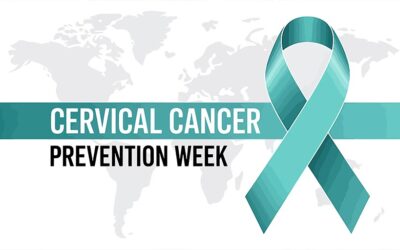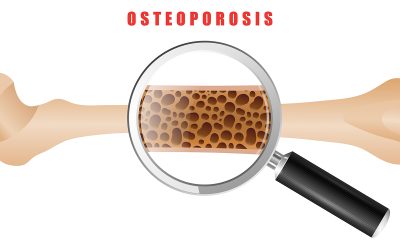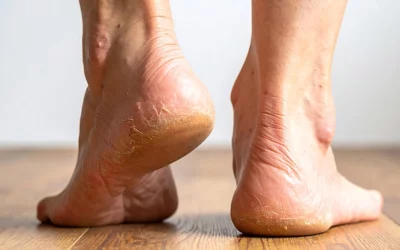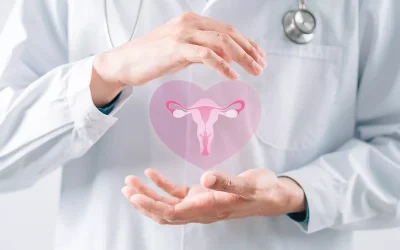Understanding TAVI/TAVR: A Minimally Invasive Aortic Valve Replacement Procedure
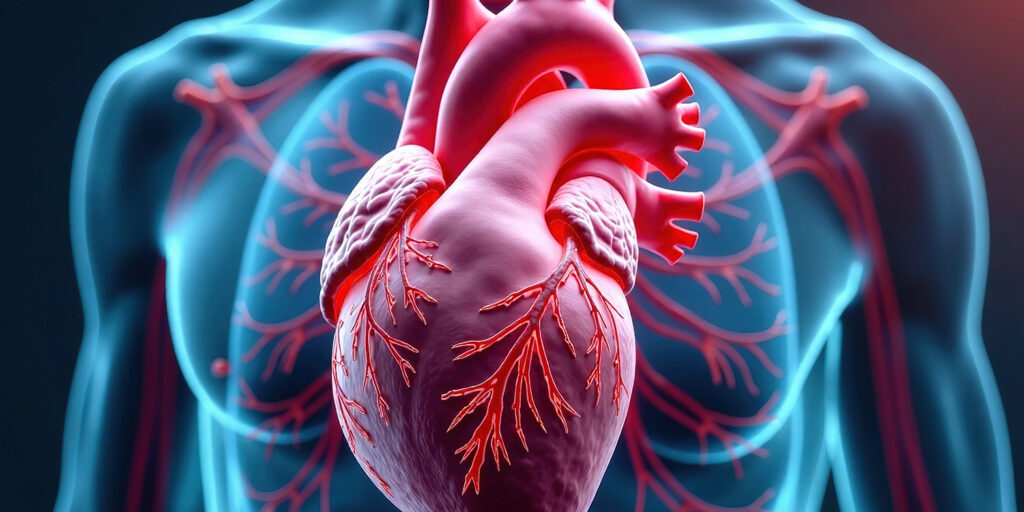
The aortic valve is one of the four heart valves, responsible for controlling the flow of oxygenated blood to the rest of the body. When this valve becomes narrow or stiff, the heart has to work harder, often leading to symptoms such as breathlessness, chest pain, or fatigue. In the past, the only way to treat a severely narrowed aortic valve was through open-heart surgery, which involved higher risks and long recovery. Today, Transcatheter Aortic Valve Implantation (TAVI), also called Transcatheter Aortic Valve Replacement (TAVR), provides a safer alternative. It involves replacing the diseased valve through a thin catheter instead of opening the chest, offering faster recovery and lower risks. In this article, we’ll explain what TAVI/TAVR is, how it is performed, its benefits and risks, and why it is becoming an important option for heart patients in India.
Table of Contents
ToggleWhat is TAVI/TAVR?
TAVI (Transcatheter Aortic Valve Implantation) and TAVR (Transcatheter Aortic Valve Replacement) are two names for the same minimally invasive procedure. Instead of open surgery, doctors insert a thin tube called a catheter, usually through a blood vessel in the leg, to guide and place a new valve inside the narrowed aortic valve. Once in place, the new valve takes over the work of regulating blood flow, helping the heart pump more effectively and easing symptoms such as breathlessness, chest pain, and fatigue.
Why is TAVI/TAVR Performed?
TAVI/TAVR is mainly performed to treat severe aortic valve stenosis, where the valve becomes stiff and blocks blood flow from the heart to the body. Without timely treatment, this condition can lead to serious complications, including heart failure.
Doctors may recommend TAVI/TAVR when:
- A patient is not suitable for open-heart surgery due to age or other health issues.
- Symptoms such as breathlessness, chest discomfort, fainting, or extreme fatigue are affecting daily life.
- Early intervention is needed to restore proper blood flow and prevent further damage to the heart.
By offering a less invasive option, TAVI/TAVR provides hope for patients who may otherwise have limited treatment choices.
Benefits of TAVI/TAVR
The TAVI/TAVR procedure has transformed heart valve care by offering several advantages over traditional open-heart surgery. Some of the key benefits include:
- Minimally invasive approach: The valve is replaced through a small catheter, usually inserted via the groin, without the need for a large chest incision.
- Reduced pain and faster recovery: Patients typically experience less discomfort and return to daily activities more quickly.
- Shorter hospital stay: Many patients are discharged within a few days, compared to longer recovery periods after open surgery.
- Lower risk of complications: Particularly important for elderly patients and those with additional health conditions.
- Improved quality of life: Relieving symptoms such as breathlessness, fatigue, and chest pain helps patients regain independence.
- Suitable for high-risk patients: Provides an option for those who cannot safely undergo open-heart surgery.
Risks and Possible Complications of TAVI/TAVR
Like any medical procedure, TAVI/TAVR carries certain risks. While the procedure is generally safe and effective, patients should be aware of potential complications, such as:
- Bleeding: May occur at the catheter insertion site.
- Abnormal heartbeat or rhythm (arrhythmia): Sometimes requiring medication or a pacemaker.
- Stroke: Caused by small clots or debris moving during the procedure.
- Kidney problems: More likely in patients with existing kidney disease.
- Vascular damage: Injury to the blood vessels used for catheter insertion.
- Infection: At the access site or within the bloodstream.
- Pacemaker requirement: Some patients may need a permanent pacemaker after the procedure.
- Heart attack: Though rare, it may occur during or shortly after the procedure.
Doctors carefully evaluate each patient’s condition to minimise these risks and ensure the best possible outcome.
How the TAVI/TAVR Procedure is Performed
TAVI/TAVR is carried out in a cardiac catheterisation lab by a team of cardiologists and cardiac surgeons. The procedure avoids the need for open-heart surgery and is done using one of the following approaches:
- Transfemoral approach: The most common method, where a thin tube (catheter) is inserted through an artery in the groin and carefully guided up to the heart.
- Transapical approach: Used in selected cases, where a small incision is made in the chest and the catheter is inserted directly into the heart.
What happens during the procedure
Once the catheter reaches the heart, the new artificial valve is carefully positioned inside the narrowed aortic valve. The old valve leaflets are pushed aside, and the new valve takes over the job of regulating blood flow. The procedure usually takes 1–2 hours, and most patients remain awake with mild sedation.
Symptoms Improved After TAVI/TAVR
TAVI/TAVR not only addresses the narrowed aortic valve but also helps reduce the distressing symptoms of severe aortic stenosis. Many patients notice significant improvement soon after recovery, including relief from:
- Shortness of breath: Easier breathing during daily activities.
- Chest pain: Reduced pressure or discomfort in the chest.
- Fainting spells: Lower risk of dizziness or sudden blackouts.
- Fatigue: Improved stamina and energy levels.
- Heart palpitations: Fewer episodes of irregular or racing heartbeat.
- Swelling in the legs: Reduced fluid retention and ankle or leg swelling.
These improvements not only enhance physical health but also contribute to a better quality of life, allowing patients to regain independence and confidence.
Post-Procedure Care and Recovery
Recovery after TAVI/TAVR is usually quicker than open-heart surgery, but careful follow-up is important to ensure long-term success. Patients can expect the following:
- Monitoring: Initial stay in the hospital for observation of heart rhythm, blood pressure, and valve function.
- Medication: Blood-thinning medicines and other prescribed drugs to prevent clots and reduce strain on the heart.
- Activity level: Gradual return to normal activities, with advice to avoid heavy lifting or strenuous exercise until cleared by the doctor.
- Wound care: Keeping the catheter insertion site clean and following instructions to avoid infection.
- Symptoms: Watch for warning signs such as chest pain, severe breathlessness, swelling, or palpitations, and seek immediate medical attention if they occur.
With proper care, most patients regain strength within a few weeks and enjoy significant improvement in daily life.
TAVI/TAVR Cost in Dehradun
The cost of a TAVI/TAVR procedure can vary depending on several factors, including the patient’s overall health, hospital facilities, and the type of artificial valve used. Generally, it is higher than traditional surgery due to the advanced technology and expertise involved.
In Dehradun, the procedure may be covered under government health schemes such as Ayushman Bharat, CGHS, ECHS, SGHS, and ESI, as well as by private health insurance plans. Patients are advised to check with the hospital’s billing team and their insurance provider for exact details of coverage and out-of-pocket expenses.
While the initial cost may appear significant, TAVI/TAVR reduces long-term expenses by lowering the risk of complications, shortening hospital stays, and helping patients recover faster.
Finding the Best Cardiologist for TAVI/TAVR in Dehradun
Choosing the right specialist is crucial for the success of a TAVI/TAVR procedure. A cardiologist experienced in interventional cardiology and structural heart disease can carefully assess whether a patient is suitable for this minimally invasive treatment.
Key points to consider when looking for the best cardiologist include:
- Experience in valve replacement procedures and advanced catheter-based techniques.
- Access to a multi-disciplinary team, including cardiac surgeons, anaesthetists, and imaging specialists.
- Hospital facilities, such as a modern cath lab and advanced imaging technology, which play an important role in safety and outcomes.
Why Choose Graphic Era Hospital for TAVI/TAVR in Dehradun?
Graphic Era Hospital is a leading centre for minimally invasive procedures, offering advanced care for patients with complex valve conditions. The hospital combines clinical expertise with modern technology to deliver safe, effective, and patient-friendly outcomes.
Experienced Medical Team
At Graphic Era Hospital, the TAVI/TAVR programme is led by a team of expert cardiologists and cardiac specialists with proven experience in interventional cardiology and advanced valve treatments. Their expertise ensures precise diagnosis, safe execution of the procedure, and personalised treatment tailored to each patient’s needs.
Advanced Imaging and Surgical Technology
Equipped with a modern cath lab and the latest imaging systems, the hospital ensures accurate valve placement with minimal risk. The use of cutting-edge technology enhances procedural success and supports quicker recovery.
Patient-Centred Care
At Graphic Era Hospital, patients are supported at every step of their journey—from the first evaluation to the procedure, recovery, and long-term follow-up. The team prioritises comfort and safety, ensuring that concerns are addressed with clarity and care. Special attention is given to elderly and high-risk patients, so they feel reassured and well looked after throughout their treatment.
Conclusion
TAVI/TAVR has emerged as a safe and effective alternative to open-heart surgery for patients with severe aortic valve stenosis, especially those at high surgical risk. By offering quicker recovery, fewer complications, and significant symptom relief, it is transforming the way heart valve disease is treated.
To book a consultation or learn more about minimally invasive valve replacement, call 1800-889-7351. At Graphic Era Hospital, patients in Dehradun receive advanced cardiac care supported by experienced specialists and modern technology.
Frequently Asked Questions
What is the success rate of TAVI/TAVR surgery in Dehradun?
TAVI/TAVR has a high success rate, especially in patients with severe aortic stenosis who are not suitable for open-heart surgery. Success depends on patient health and timely treatment.
How long is the hospital stay after TAVI/TAVR surgery?
Most patients stay for 3–5 days, which is significantly shorter than after open-heart surgery.
How much does a TAVI procedure cost in Dehradun?
The cost varies depending on the hospital, type of valve, and patient condition. Insurance schemes such as Ayushman Bharat and private coverage may reduce out-of-pocket expenses.
Can elderly patients undergo TAVI safely?
Yes. TAVI is especially beneficial for elderly or high-risk patients who may not tolerate open-heart surgery.
How long does a TAVI valve last?
On average, TAVI valves last 10–15 years, though durability may vary based on patient health and lifestyle.
Is TAVI safer than open-heart surgery?
For high-risk and elderly patients, TAVI is often safer as it avoids major surgery and offers quicker recovery. However, suitability is determined by a cardiologist.
Does health insurance cover TAVI in Dehradun?
Yes. TAVI is covered under several government health schemes such as Ayushman Bharat, CGHS, ECHS, SGHS, and ESI, along with many private insurance plans. However, the extent of coverage can vary depending on the policy, so it is best to confirm the details with the hospital’s billing team and the insurance provider.
Where can I find TAVI/TAVR treatment near me in Dehradun?
Graphic Era Hospital offers advanced TAVI/TAVR procedures in Dehradun, with experienced cardiologists and modern cath lab facilities. Patients can access minimally invasive valve replacement close to home without needing to travel outside the city.
How can I book a consultation for TAVI/TAVR surgery at Graphic Era Hospital, Dehradun?
To book a consultation, call 1800-889-7351 and connect with the cardiac care team at Graphic Era Hospital.
By Specialities
- Bariatric Surgery
- Cancer Care
- Cardiology
- Dental
- Dermatology
- Diabetes & Endocrinology
- Endocrinology and Diabetes
- ENT (Ear Nose Throat)
- Eye Care
- Gastroenterology
- Haematology
- Health Care
- Health Tips
- Hematology
- Hepatology
- Internal Medicine
- Mental Health and Behavioural Sciences
- Metabolic
- Neonatology
- Nephrology
- Neurology
- Nutrition & Dietetics
- Obstetrics & Gynaecology
- Oncology
- Ophthalmology
- Orthopaedics
- Paediatric
- Physiotherapy & Rehabilitation
- Plastic and Reconstructive Surgery
- Psychology
- Pulmonology
- Rheumatology
- Spine
- Urology
Recent Posts
- Postpartum Depression: What Families Should Know
- Cervical Cancer Prevention Week 2026: A Global Call to Prioritise Cervical Health
- Struggling with an Enlarged Prostate? Discover How Your Diet Can Help
- Knee Pain in Young Adults: Causes, Symptoms, and Treatment Options
- Most Common Lifestyle Diseases in India and How to Prevent Them
Need expert medical advice?
Share your details and our healthcare specialists will reach out to assist you.
By proceeding, you acknowledge and agree to our Privacy Policy, Terms of Use, and Disclaimer.

